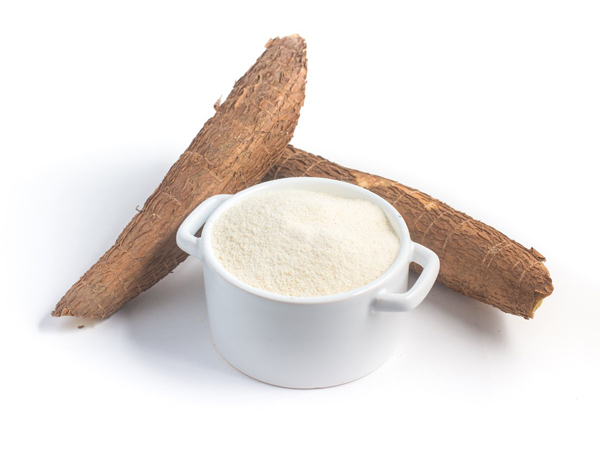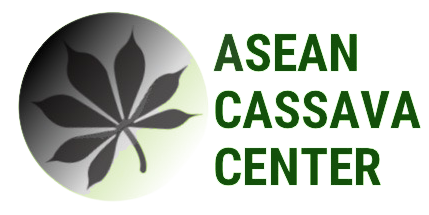Cambodia: Starch Production Information

Cassava starch processing
Over the past decade, Cambodia's cassava industry has grown significantly, becoming the country's second-largest crop and contributing 3-4% to its GDP. Substantial annual investments, approximately US$300 million, are made in cassava cultivation across 600,000 hectares. Cassava exports, mainly fresh roots and dry chips, are valued at around US$728 million.
Cambodia plays a pivotal role in cassava production. Farmers produce fresh tubers, sold to local traders and processors, who then supply larger consolidators, domestic starch and animal feed producers, and international markets in Vietnam, Thailand, and China. Over 90,000 rural households in 13 provinces are involved, creating seasonal jobs.
The cassava sector is divided into regions, with 550 collection centers in the largest provinces connected to neighboring ports. Fourteen of 17 starch processing plants are operational, with one new plant under construction. Seven ethanol distillery plants are operational near the capital.
Despite growth, challenges persist, including high production costs, low market prices, transportation issues, and material supply challenges in cassava starch processing. Cambodia aims to exploit its cassava potential, with a focus on exports and promoting by-products' use.
Innovation/Modern technology
Innovation and modern technology adoption in the starch processing industry in Cambodia are still in their early stages. The majority of processing plants are foreign-owned, and machinery is primarily imported from China. Cambodia's starch processing sector requires further technological advancement and innovation to reach its full potential.
Government Initiatives
The government of Cambodia has recognized the importance of the cassava sector and has implemented policies to support its growth. However, there is a need for improved research, extension services, new varieties, technologies, and investment information to further develop the industry.
Key Challenges
To address these challenges and leverage opportunities, strategies for knowledge and technology transfer should include the establishment of knowledge-sharing centers, communication between institutions, documentation of technical materials in the national language, and the creation of local networks to facilitate reliable assistance.
SWOT Analysis
Cambodia's cassava starch processing boasts strengths, including high root yields, rising prices, and versatility in usage. It attracts foreign investment and offers flexibility to align with market conditions. However, weaknesses encompass limited farmer education, low certification rates, and inadequate use of Good Agricultural Practices (GAP). Weak monitoring and high operational costs also pose challenges.
Opportunities lie in national policies favoring sustainable cassava production, on-farm mechanization, and local processing capacity development. Diversifying exports and leveraging agreements like the Cambodia-China Memorandum of Understanding are promising.
Threats include insufficient agro-chemical monitoring, jeopardizing fresh cassava supply and product quality control.
In conclusion, Cambodia's cassava industry is growing but requires strategic investments and knowledge transfer to reach its full potential and contribute to economic development.
